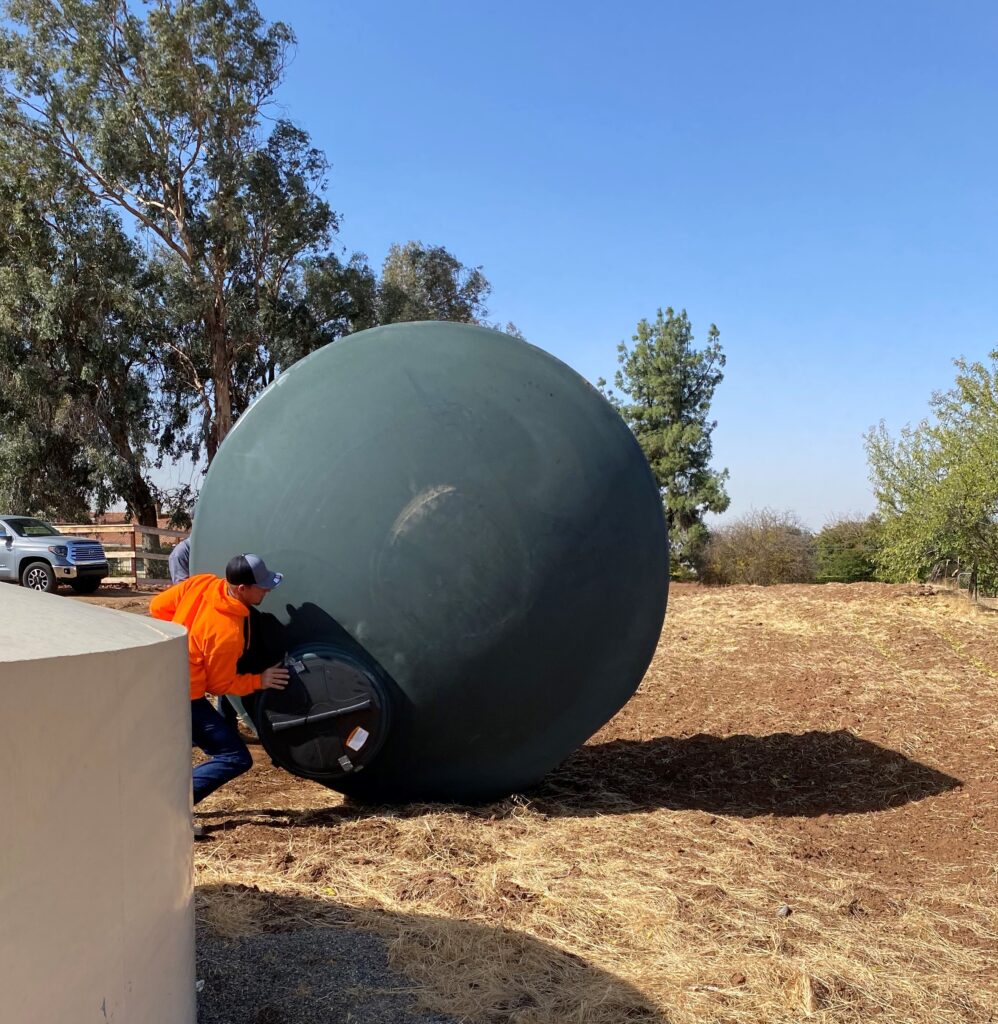Phones were ringing practically non-stop at Self-Help Enterprises toward the end of this summer with valley residents all calling about the same problem: Their wells had gone dry.
Employees were fielding 100s of calls a month from people whose wells had dried up, Marliez Diaz wrote in an email. Diaz is a water sustainability manager for Self-Help a community organization based in Visalia that works on housing and water issues in the San Joaquin Valley.
The number of calls has slowed so far in October, but the organization is still getting six or seven calls a day.
“Climate change has resulted in higher temperatures which has resulted in less precipitation and snowpack,” wrote Diaz. “As temperatures increased, more water wells became low-producing or dry and we received more calls from residents that had lost access to water.”
What official records are kept confirm Self-Help’s experience, the drought was brutal on valley drinking water wells.
Groundwater levels plummeted as farmers leaned heavily on pumping to sustain crops. The dry conditions and overpumping left shallower, private drinking wells struggling to produce water throughout the valley.
Numbers kept by the state Department of Water Resources through it’s online system show a sharp uptick in dry wells this summer.
The system shows 822 reported dry wells so far in 2021, with 368 reported in the valley. Of those dry valley wells, 116 were reported in just the last 30 days. By the end of 2015, the third year of the last drought, 1,265 dry wells were reported overall.
“We are seeing those numbers similar to what we saw in the last drought,” said Steven Srpinghorn, supervising engineering geologist in the Sustainable Groundwater Management Office at DWR.
The state reporting system, though, is voluntary and doesn’t represent all dry wells, said Springhorn.
Wells are going dry either because groundwater levels have dropped below where the well pump sits, meaning the pump needs to be lowered, or because water levels dropped below the well itself, rendering it useless, said Springhorn.
He added that DWR is working to minimize the time between reports of dry wells and getting help to people on the ground. When reports come in, the department notifies Self-Help and respective county officials so localized support can be coordinated.
Self-Help has 602 mobile water tanks in the valley. So far this year, 202 have been deployed. The state pays for tank installation and weekly water refills.
Linda Reese has struggled with her wells going dry for years. But this summer was unlike any she’d experienced so far.
Reese lives east of Clovis in Fresno County on a property with seven family members spread across two houses. They have two domestic wells. Summer months are always a problem, said Reese. The wells usually start going dry intermittently, but only for a few hours at a time. If the family stops using water, the wells typically recover fairly quickly.
But this summer the wells started going dry in May.
“We ran out of water earlier than ever,” said Reese. “And then it began to take longer and longer for the recovery.”
The water stays out for seven hours at a time now, said Reese. The family has been buying water every few weeks to fill its 2,000-gallon storage tank for about $600 per month. They also sometimes stored water in their pool.
Still, it isn’t enough to live normally.
The family has cut back on laundry. And Reese’s grandchildren often bathe in the pool to make use of all the water they have.
“This summer has been just especially vicious,” Reese said.
The Reeses’ wells are 220 feet deep. But the property sits on a ledge of underground granite making drilling deeper far too expensive, said Reese.
Self-Help sent a field technician to Reese’s property and he determined the family was eligible for the organization’s tank program with weekly refills. On October 11, the 2,500 gallon tank was installed.
It’s a huge relief, said Reese. So much so, that her daughter broke down in tears when she heard the family would now have reliable water. The entire landscape of Reese’s neighborhood has changed in recent years as the family had to take out redwood and sycamore trees that had died of thirst.
“Every pasture that was ever green is just weeds and dirt now. No one has any water to support anything like that,” said Reese. “It’s so painful to watch things die.”
Reese is worried about the future.
“This is not a permanent fix, what we’re doing now,” said Reese. “We’re putting a Band-Aid on a hemorrhage.”
Share this:
- Click to share on Facebook (Opens in new window)
- Click to share on Twitter (Opens in new window)
- Click to share on LinkedIn (Opens in new window)
- Click to share on Reddit (Opens in new window)
- Click to share on Tumblr (Opens in new window)
- Click to share on Pinterest (Opens in new window)
- Click to share on Pocket (Opens in new window)
- Click to share on Telegram (Opens in new window)
- Click to share on WhatsApp (Opens in new window)
- Click to print (Opens in new window)








